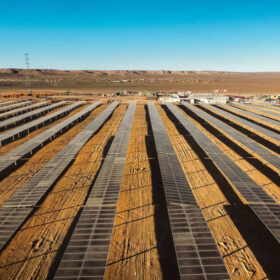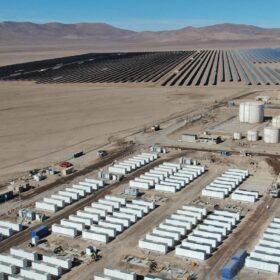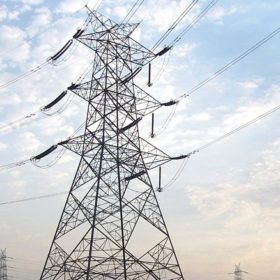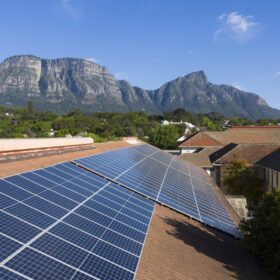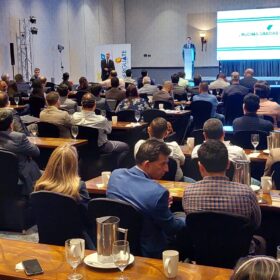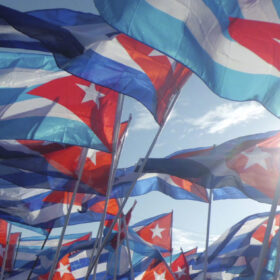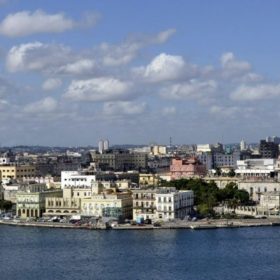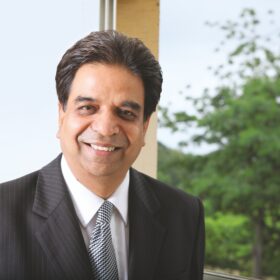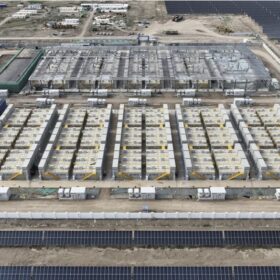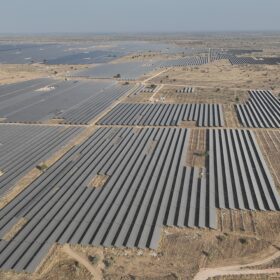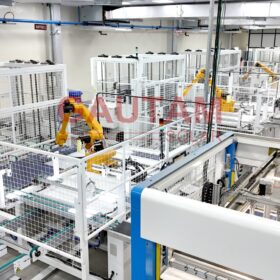Brazil generates 88% of power from renewables in 2024
Brazil’s electricity mix was 88% renewable in 2024, with wind and solar supplying about 24% of total demand, according to new data from state-owned energy agency Empresa de Pesquisa Energetica (EPE).
Peru plans to reach 3 GW of PV capacity by 2028
Peru aims to add 2.5 GW of new PV capacity by 2028 through 14 solar projects, bringing its total installations to nearly 3 GW, according to the Peruvian Ministry of Energy and Mines (MINEM).
Brazil installed 269 MWh of energy storage in 2024
Consultancy Greener has estimated the state of Pará offers the most potential for battery rollout because of its high energy tariff. A report issued by the consultant also highlighted the big savings agribusiness could make by using batteries instead of diesel.
KEC secures transmission line orders in Middle East, Europe
KEC International Ltd has secured orders for 220 and 400 kV overhead transmission lines in the Middle East, and 110 kV transmission lines in Europe.
The importance of solar mini-grids in universalizing energy access
As solar energy becomes the most cost-effective form of energy generation in many countries, with clear climate, energy, and economic benefits, its acceptance and political support are growing. To enhance resilience and sustainability, strategies that incorporate a diverse energy mix, combining centralized and distributed renewable generation, are most effective, especially in underserved nations.
Sterlite Power commissions its sixth power transmission project in Brazil
Sterlite Power has completed an INR 1,600 crore Marituba Power Transmission project that is designed to deliver over 1 GW of green power to the industrial region of Belem.
Guatemala’s energy auction attracts 48 bidders
Guatemala’s latest energy auction has attracted 48 bidders for 235 MW of capacity. The auction has been oversubscribed, with more than 1 GW of project proposals submitted. The national regulator will announce the final results on Aug. 2.
NTPC launches tender for 60 MW solar in Cuba
NTPC, on behalf of Unión Eléctrica de Cuba (UNE), is accepting bids to develop a 60 MW grid-connected solar project in Cuba. The prospective developer will execute the capacity on a ‘build-own-operate-transfer’ basis. Bidding closes on July 20.
EKI Energy, ICAM launch $125 million climate impact fund
EKI Energy will invest up to INR 200 crore ($25 million) as an anchor investor in the fund with a deep focus on community development projects across remote locations in India and select countries in Africa, Asia and LATAM.
NTPC launches tender for 1.15 GW solar, 150 MW/150 MWh battery storage in Cuba
NTPC, as a project management consultant to Unión Eléctrica de Cuba (UNE), has launched bids to develop 1.15 GW of grid-connected solar and 150 MW/150 MWh battery storage projects in Cuba. The prospective developer will execute the project on a ‘build-own-operate-transfer’ basis and transfer to UNE after 25 years.

